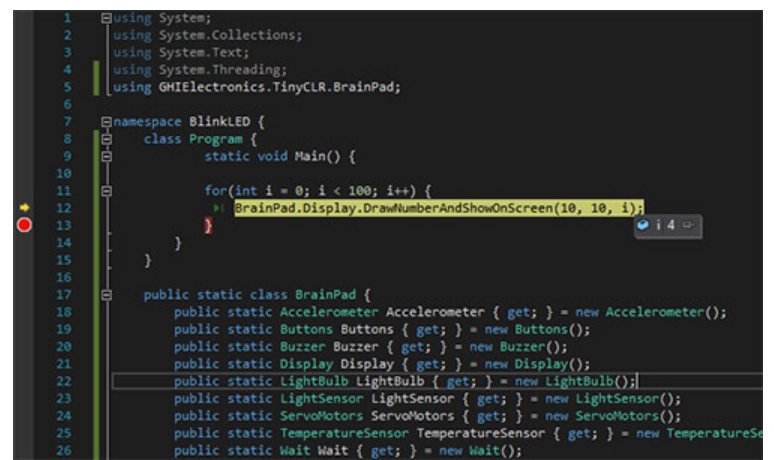In the fast-paced world of finance, automation is key to staying ahead of the curve. Traders and investors are increasingly turning to programming languages like Python to streamline their strategies and enhance their decision-making processes. In this blog post, we will delve into the integration of Python with Interactive Brokers, one of the leading brokerage platforms, and explore how this dynamic duo can revolutionize your trading experience.
1. Why Interactive Brokers?
Interactive Brokers (IB) stands tall as a renowned brokerage platform, offering a robust set of tools and resources for traders worldwide. From equities and options to forex and futures, IB provides access to a wide array of financial instruments. Its powerful API (Application Programming Interface) opens up a world of possibilities for developers, enabling seamless integration with Python.

2. Getting Started with Interactive Brokers API and Python
To embark on your journey of harnessing the potential of Interactive Brokers with Python, you first need to set up an account with IB and obtain API credentials. Once done, you can leverage the ib-insync library, a popular Python wrapper for the IB API. This library simplifies the interaction with IB, allowing you to focus on building and refining your trading strategies.
3. Real-time Data Streaming with Python
Python’s versatility shines when it comes to handling real-time data. By integrating Interactive Brokers’ API with Python, you can effortlessly stream live market data directly into your Python environment. This enables you to make data-driven decisions and respond to market fluctuations in real time. The ib-in sync library provides intuitive functions for subscribing to market data feeds and handling updates seamlessly.
4. Automating Trades with Python Scripts
The real magic happens when you automate your trading strategies with Python scripts. Whether you are a day trader executing high-frequency trades or a long-term investor rebalancing your portfolio, Python allows you to automate complex strategies with ease. The Interactive Brokers API, coupled with Python, empowers you to place orders, monitor positions, and manage risk, all through efficient and customizable scripts.
5. Risk Management and Algorithmic Trading Strategies
Python’s extensive libraries for data analysis and machine learning make it a natural choice for developing sophisticated trading algorithms. By leveraging historical data, technical indicators, and machine learning models, you can create algorithms that adapt to changing market conditions. Implementing risk management strategies becomes more accessible, allowing you to optimize your trading performance and safeguard your capital.

6. Backtesting Strategies for Optimal Performance
Before deploying your algorithm in live markets, it’s crucial to backtest it thoroughly to ensure its viability and profitability. Python’s extensive backtesting libraries, such as Backtrader and QuantConnect, can be seamlessly integrated with Interactive Brokers data, allowing you to simulate your strategies across historical market data. This iterative process helps you refine and optimize your algorithms for real-world scenarios.
Conclusion
In conclusion, the fusion of Interactive Brokers and Python presents a formidable toolkit for traders and investors seeking automation, real-time data analysis, and algorithmic trading capabilities. By embracing this powerful combination, you can elevate your trading strategies to new heights, gaining a competitive edge in today’s dynamic financial landscape. Whether you are a seasoned developer or a novice, the synergy between Interactive Brokers and Python opens the door to a world of possibilities, empowering you to navigate the markets with precision and efficiency.
